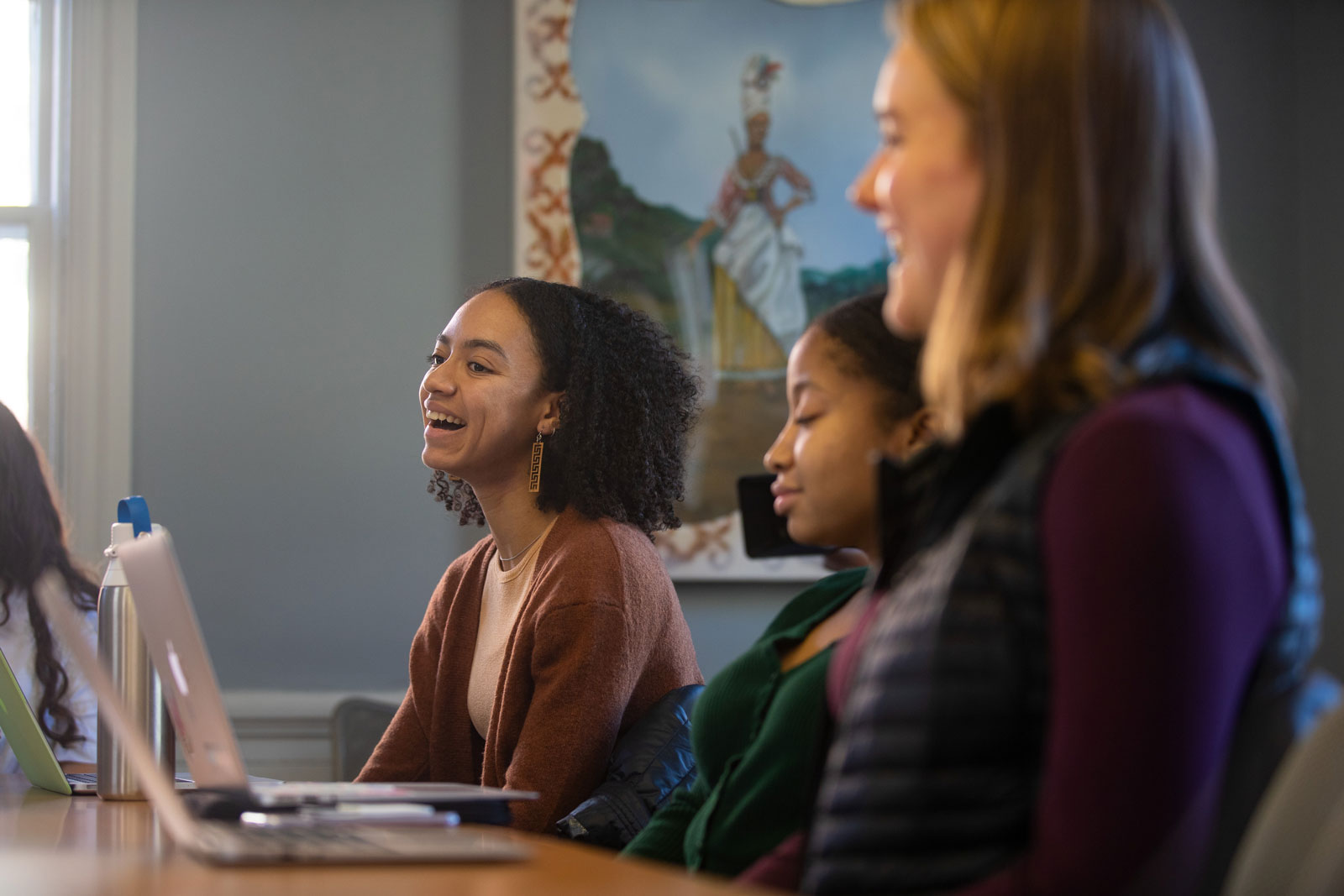PROVIDENCE, R.I. [Brown University] — From its title and cover image, “Historia del Jardín Botánico de la Habana” appears to be a straightforward chronicle of the creation and evolution of Cuba’s national botanical garden. But as Brown history concentrator Jamie Solomon found out this fall, the book is so much more.
According to the book’s author, Solomon said, the history of the garden can’t be fully understood absent the context of the Haitian Revolution, the only successful slave revolt in history. When enslaved people in Haiti — many of whom worked on sugar and coffee plantations — overthrew their wealthy French owners, those Frenchmen fled to Cuba to start over. There, they built new sugar plantations, amassed new slaves and drew up plans to landscape Cuba in France’s image — colonial squares, botanical gardens and all.
“The book essentially shows that the beginning of this botanical garden can be traced to European ideas of land and beauty and ownership,” Solomon said. “I don’t think it has ever been checked out of the library — I found the receipt from when it was purchased.”

In libraries across the world, hidden in plain sight, are books like the “Historia” — lesser-known testaments to the ways in which the Atlantic slave trade transformed the Western Hemisphere. Solomon found the book while conducting research for a graduate-level course on Atlantic history — but it’s also proven relevant in her capacity as one of four undergraduate research fellows at Brown’s Center for the Study of Slavery and Justice (CSSJ), where she’s dedicated to digging up those stories for potential use in an upcoming documentary titled “Creating the New World: The Transatlantic Slave Trade.”
The four-part miniseries, expected to air on PBS in 2021, is produced by Firelight Films and directed by Stanley Nelson, the filmmaker behind award-winning documentaries about the murder of Emmett Till, the history of the Black Panther Party and the life of jazz trumpeter Miles Davis.
Zach Sell, a visiting assistant professor who is directing the students’ research, said the CSSJ has been involved in the project since 2017. During the 2017-18 academic year, the center and Firelight jointly hosted a global workshop series, where top scholars gathered in Providence, Johannesburg, New York City and Leiden, the Netherlands, to exchange ideas and scholarship on the Atlantic slave trade. Since fall 2018, Sell and a group of CSSJ student employees have worked with Firelight to delve into critical stories, historical figures and sites of significance related to the slave trade.
“College students don’t often have the opportunity to engage in this kind of hands-on, direct work in film production on such a dramatic scale,” Sell said. “This is a different way of learning and engaging in history. It’s not just content transmission — teaching and learning — but also knowledge production. They are studying topics that have rarely, if ever, been studied before, and the results of their research could be broadcast to the world.”
Slavery’s legacy, in and beyond the U.S.
Firelight debuted news of its coming documentary earlier this year, as institutions across the United States began to recognize the 400th anniversary of the first arrival of African slaves to the British American colonies. In August 1619, a ship arrived in colonial Virginia carrying more than 20 enslaved Africans.
On this important anniversary, research for the documentary is one of many related projects underway at the CSSJ. The center is also gearing up to host a symposium titled “From Slave Ships to Black Lives Matter” on Dec. 5 and 6. The event will bring scholars to College Hill from across the globe for presentations, panel discussions and workshops focused on drawing connections between the transatlantic slave trade and racial injustice today.
“Racial slavery shaped the modern world, and hundreds of years later, it continues to do so,” said Anthony Bogues, director of the CSSJ. “You cannot solve current issues related to democracy, freedom or equality without thinking about the legacy of slavery.”
At the symposium, scholars and members of the public can hear from the likes of Cheryl Finley, a Cornell University art professor who has studied the engraving of a packed slave-ship hold that is featured in nearly every K-12 history textbook; researchers from the National Museum of African American History and Culture who search for underwater wrecks of slave ships; and esteemed scholars from Sudan, Ethiopia and Brazil who study slavery and its legacies.
Bogues said the symposium will demonstrate the historical global reach of the slave trade and its reverberations today.
“Everywhere you look around the world, wherever there was racial slave trade, there were people who benefited from this injustice and people who suffered even after slavery was abolished,” Bogues said. “We want this event to focus not only on slave ships and on transatlantic slave trade but also on the reverberations and echoes of slavery in the U.S. and elsewhere today.”